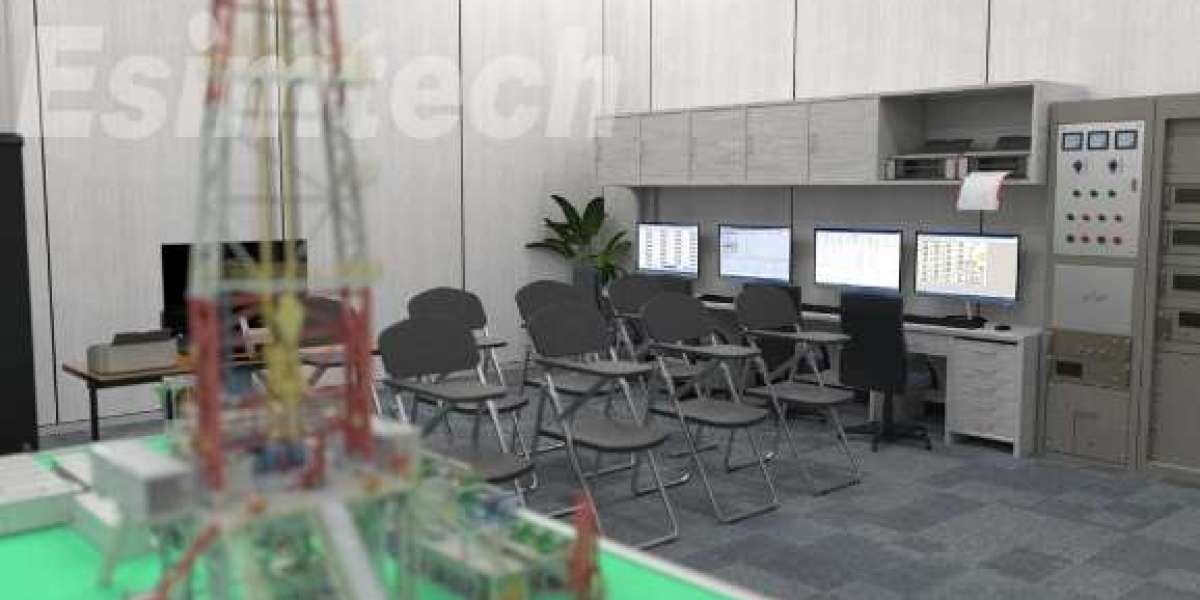In the realm of well logging, traditional tools have been the mainstay for decades, providing valuable data about subsurface formations. However, recent advancements have led to the emergence of compound logging simulators, which offer a more comprehensive and integrated approach to well logging. This blog post will explore the key differences between compound logging simulators and traditional logging tools, highlighting their respective advantages and limitations.
Traditional Logging Tools
Traditional logging tools have been used for decades to measure various properties of the subsurface, including:
Resistivity: Measures the electrical conductivity of the formation.
Gamma ray: Measures the natural radioactivity of the formation.
Neutron: Measures the hydrogen content of the formation.
Density: Measures the density of the formation.
Sonic: Measures the acoustic wave velocity in the formation.
While these tools provide valuable information, they often suffer from limitations such as:
Single-property measurements: Each tool measures a specific property, making it difficult to correlate data from different tools.
Limited spatial resolution: Some tools may have limited spatial resolution, making it difficult to identify thin-bedded formations.
Environmental concerns: Certain logging tools may pose environmental risks, such as the use of radioactive sources in neutron logging.
Compound Logging Simulators
Compound logging simulators combine the capabilities of multiple traditional logging tools into a single integrated system. These simulators can:
Simulate multiple logging measurements: Simultaneously simulate the responses of different logging tools to the same subsurface conditions.
Correlate data from different tools: Establish relationships between data from different tools to enhance interpretation.
Improve spatial resolution: Increase the spatial resolution of logging measurements, allowing for the identification of finer-scale features.
Reduce environmental risks: Utilize non-invasive or less invasive techniques to reduce environmental concerns.
Key Differences
Integration: Compound logging simulators offer a more integrated approach by combining multiple logging measurements into a single system.
Simulation: These simulators can simulate the responses of different tools to the same subsurface conditions, providing a more comprehensive understanding of the formation.
Correlation: Compound logging simulators can establish relationships between data from different tools, enhancing interpretation and reducing uncertainties.
Spatial resolution: These simulators can improve spatial resolution, allowing for the identification of finer-scale features.
Environmental impact: Compound logging simulators may have a lower environmental impact compared to traditional tools, as they often use less invasive techniques.
Conclusion
While traditional logging tools have been invaluable in the past, compound logging simulators offer a more comprehensive and integrated approach to well logging. By combining multiple measurements, simulating tool responses, and improving spatial resolution, these simulators can provide a more accurate and detailed understanding of subsurface formations. As technology continues to advance, compound logging simulators are likely to play an increasingly important role in the exploration and production of oil and gas.








